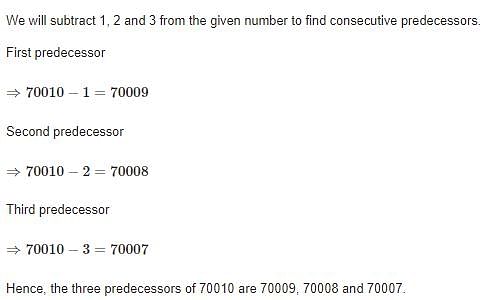Test: Whole Numbers - Class 6 MCQ
20 Questions MCQ Test Mathematics (Maths) Class 6 - Test: Whole Numbers
Which of the following is a correct statement if N= natural number and W = whole number?
Which Of the following number, when multiplied by 82, results in 82?
Which of the following is the greatest number that can be formed by the digits 7, 0, 9, 8, 6 and 3?
Find the smallest 6-digit number that can be formed by the digits 9, 6, 0, 5, 8 and 1.
6x(7×3)=(6×7)×3 is an example of which property with respect to multiplication?
Closure property is satisfied by whole numbers with respect to which of these operations?
What is the R.H.S. part of the equation according to distributive property
36(8−3)=?
Which property is represented by a+b = c (a, b and c are all whole numbers) with respect to addition?
If 'a' and 'b' are two whole numbers, then under what condition is the commutative law applicable to subtraction?
|
92 videos|348 docs|54 tests
|



















